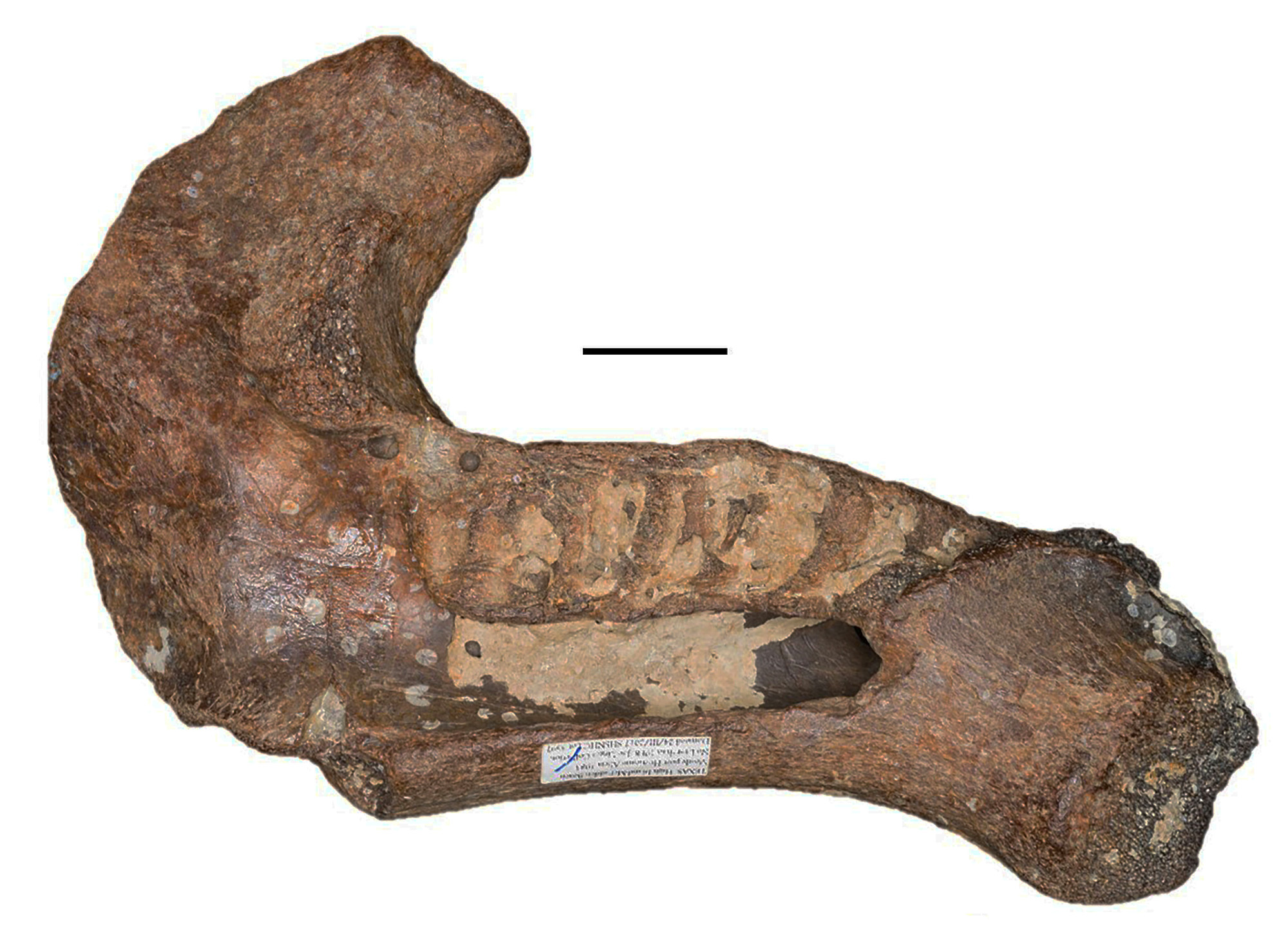Fossils of Ice Age manatees discovered in Texas
Manatees have been visiting the Lone Star State for tens of thousands of years.

Today's manatees often summer off the coast of Texas and Florida, heading farther south toward warmer waters in the winter. Now, new fossils suggest that their ice age ancestors may have made the same migrations.
Eight Pleistocene manatee bones — ribs, jaws and other fragments — found along the Texas coast reveal that manatees either lived in the area or visited it regularly between 11,000 and 240,000 years ago. This finding is surprising, because it indicates that either Texas coastal waters were warmer than expected during the ice age, or ancient manatees were more tolerant of cold than their modern relatives.
Six of the fossils come from private collections donated to Sam Houston State University (SHSU) in Huntsville over 50 years. The other two are in the collection of the Jackson Museum of Earth History at the University of Texas at Austin.
Related: Photos: 50 of the most endangered species on the planet



"We have them from one decade to another, so we know it's not from some old manatee that washed up, and we have them from different places," SHSU Natural History Collections curator William Godwin said in a statement. "All these lines of evidence support that manatee bones were coming up in a constant way."
All but one of the bones come from Trichechus manatus, the same species that traverses Gulf Coast waters today, placidly grazing on sea grasses. The last bone, an upper jawbone donated by U.S. Rep. Brian Babin (R-Texas), belongs to an extinct subspecies, Trichechus manatus bakerorum.
The discovery of so many Pleistocene manatee specimens was a surprise, Godwin said, because the animals weren't thought to be able to venture that far north during the last ice age, when glaciers covered upper North America and much of the Gulf Coast had a climate like today's Siberia Taiga.
Get the world’s most fascinating discoveries delivered straight to your inbox.
Manatees don't have any insulating blubber, and their metabolic rate is low, so they can survive only in subtropical and tropical waters, according to Animal Diversity Web.
The ice age manatees may have found refuge in shallow, warm inlets, allowing them to survive despite the colder temperatures of the time. The Texas coast extended farther into the Gulf of Mexico, and its river outlets were wider than today's, University of Texas geologist David Mohrig, who was not part of the research team, said in the statement.
The results were published Oct. 1 in the journal Palaeontologia Electronica.
Originally published on Live Science.

Stephanie Pappas is a contributing writer for Live Science, covering topics ranging from geoscience to archaeology to the human brain and behavior. She was previously a senior writer for Live Science but is now a freelancer based in Denver, Colorado, and regularly contributes to Scientific American and The Monitor, the monthly magazine of the American Psychological Association. Stephanie received a bachelor's degree in psychology from the University of South Carolina and a graduate certificate in science communication from the University of California, Santa Cruz.


